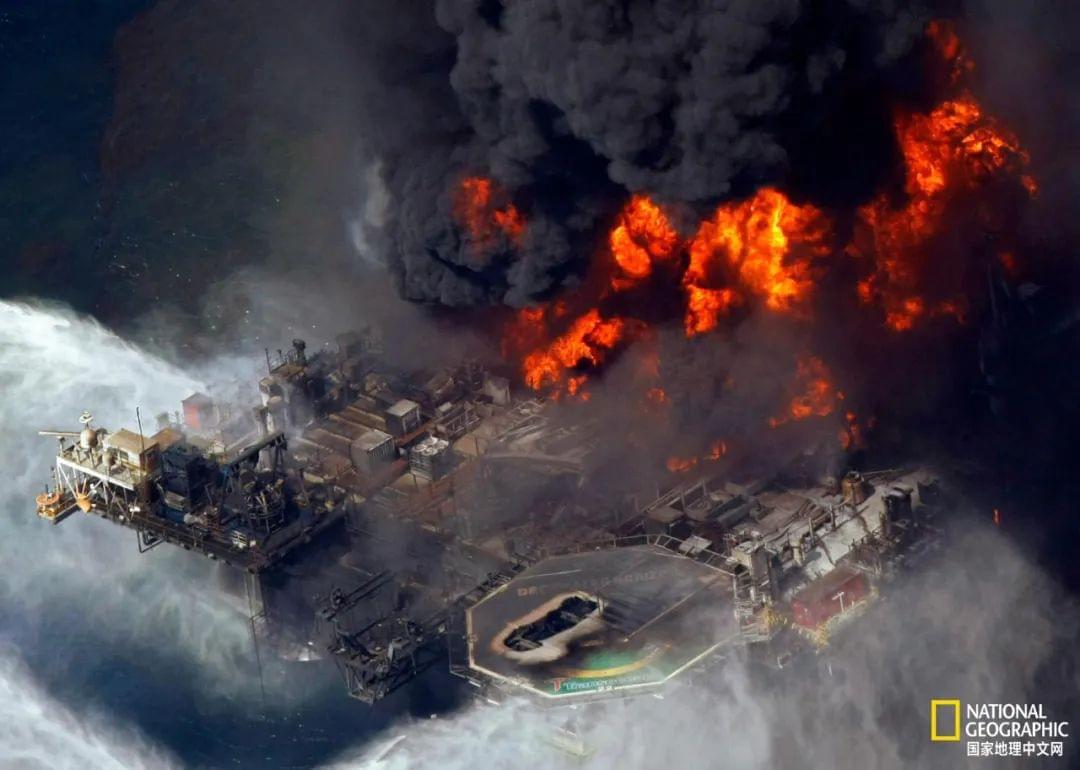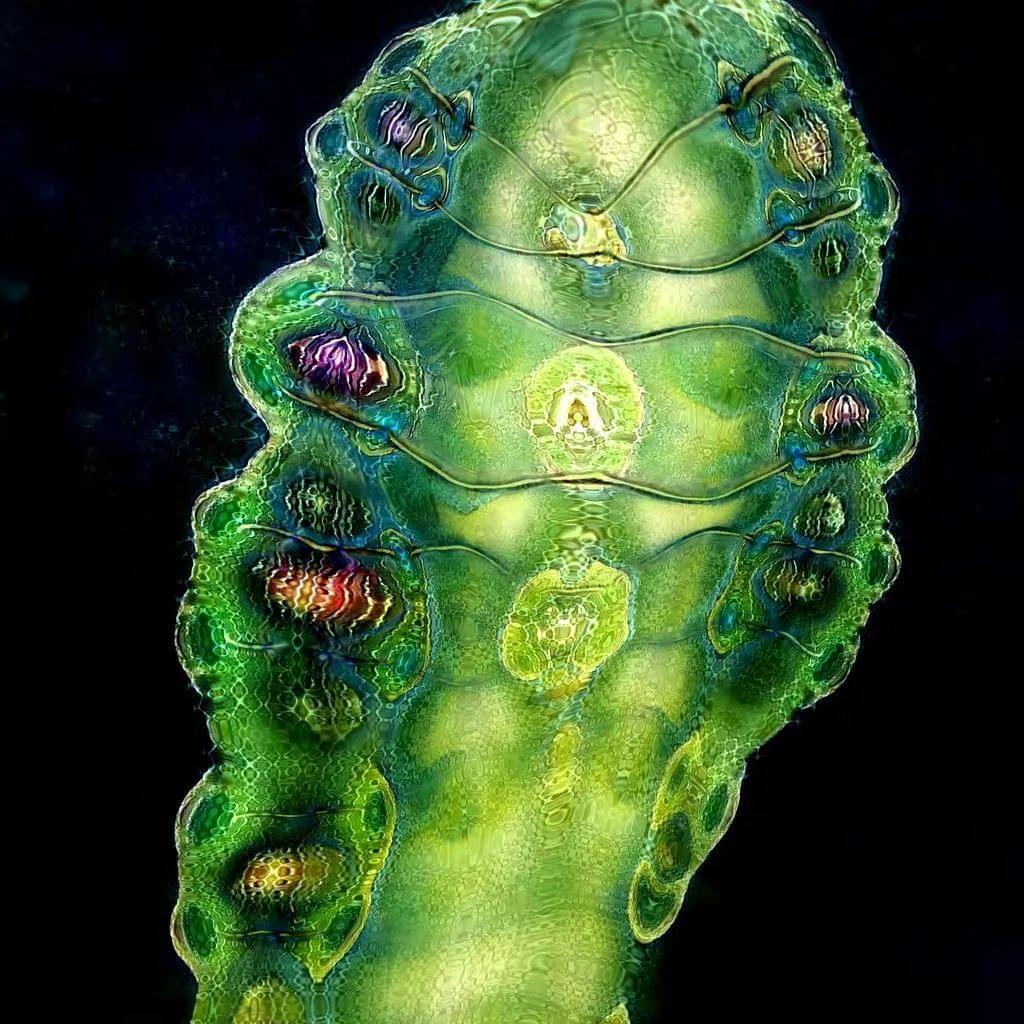date
type
status
slug
summary
tags
category
icon
password
URL
June 10, 2022 • 12 min read
by Simon's Daydream, mp.weixin.qq.com • See original
Editor's Note:
I have been a fan of National Geographic (including National Geographic US and National Geographic China) since childhood. Recently, I had the honor of collaborating with National Geographic US to release a digital collection themed around protecting marine life and was interviewed by the National Geographic Chinese website (this article). In a sense, it fulfills a childhood dream. Additionally, having the opportunity to contribute to environmental protection and sustainable development makes me feel fortunate.

Photography: GERALD HERBERT, AP IMAGES
On April 20, 2010, around 10 p.m.,
the "Deepwater Horizon" drilling rig exploded,
causing the worst oil spill in U.S. history;
even a decade later,
the damage it caused cannot be undone.
This incident can be called the marine version of "Chernobyl,"
and it is one of the world's most severe environmental disasters:
the Gulf of Mexico blowout.

Photography: DANIEL BELTRA
Over 490 million liters of crude oil spilled into the Gulf of Mexico;
7 people were seriously injured, and at least 11 went missing;
millions of marine mammals,
sea turtles, birds, and fish perished;
for a full 87 days during the explosion and leak,
the entire world was powerless,
merely watching crude oil pour into the ocean,
a shocking scene.

Photography: WIN MCNAMEE, GETTY IMAGES

Photography: JOEL SARTORE, NAT GEO IMAGE COLLECTION
"The more beautiful, the more dangerous."

Protecting Marine Life Natives (AI combines National Geographic photographers' works with oil film style)
Produced by: SIMON MENG
Oil droplets on the water surface spread into oil films, emitting wondrous and brilliant colors in sunlight, but this is deadly for marine life. Tens of thousands of organisms die each year due to oil leaks and marine pollution. To illustrate this contradiction, National Geographic Chinese website collaborated with Amall.art, inviting AI artist Simon Meng to merge oil film shapes and colors with National Geographic's classic marine images through a combination of AI and hand drawing, creating the "Protecting Marine Life Natives" digital collection series.
Produced by: SIMON MENG
Creative Concept:
- "I discovered a problem: when faced with tragic news or images, you may be touched in the first second of seeing them, but then you gradually get used to it; **furthermore, people often feel uncomfortable facing such negative news and gradually form a resistance subconsciously, so you become less likely to stare at something that makes you uncomfortable for a long time." AI artist Simon Meng said, "So I thought, if I could make this visually stunning with colorful oil films, you could gaze at and appreciate it for a long time; then, in the end, you'd find that the more 'beautiful' something is, the more dangerous it actually is—you might unconsciously immerse yourself in it while also perceiving the horror of pollution in a new way."
Produced by: SIMON MENG
- The National Geographic Chinese website's "Protecting Marine Life Natives" digital collection series was completed by AI artist Simon Meng, **who holds a Master's degree from University College London (UCL) and is currently pursuing a PhD at the University of Innsbruck (UIBK), Austria. His interdisciplinary research in architectural design, biology, and artificial intelligence (AI) presents remarkable diversity in his creations, with themes, temporal and spatial backgrounds, and presentation media that are unrestricted, making him one of the leading young creators of AI art today.
Regular viewers of "National Geographic" may often see such alarming data:
By 2040, ocean plastic waste is expected to double to 29 million tons per year, at which point plastic waste along all coastlines globally will average 50 kilograms per meter; before 2050, thousands of islands and millions of homes in Indonesia will disappear due to rising sea levels; currently, over 75% of the Earth's land area has deteriorated to varying degrees, and by 2050, this number may reach 90%; by 2050, land degradation and climate change will result in a global crop yield reduction of about 10%; by 2050, an estimated 700 million people will be displaced due to land resource scarcity, and by the end of the century, this number could reach 1 billion; climate models show that by 2050, Arctic waters may be "completely ice-free" at the end of summer...
The so-called future decades away may seem distant, but once these numbers become a reality, the world depicted only in our imaginations may partially materialize. AI artist Simon Meng repeatedly depicts the future in his works, where seemingly splendid yet worrisome images are "dreams" created using artificial intelligence.
AI (Artificial Intelligence) creates 28 dreamlike (apocalyptic) cities ↓
Using images of marine organisms to train AI models, generating non-existent marine life ↓




- You must be very curious,How are these seemingly imaginary images
"created"?
Such whimsical and exquisite images,
are they entirely the product of human creation?
The answer is,
- The creators of these works include both humans and artificial intelligence.
AI generates a cyberpunk marine evolution video ↓
- ※The following text is compiled from interviews between the National Geographic Chinese website and Simon Meng
"Slime molds grow naturally,
and surprisingly form the Tokyo subway network."

During my postgraduate studies at University College London, one of my research topics was simulating the Tokyo subway network using slime mold (Physarum polycephalum). We placed the slime mold's food—oats—in several key areas of the Tokyo map, and ultimately found that the network formed by the slime mold's natural growth closely matched the Tokyo subway network. Using this characteristic, we applied biological 3D printing technology to input the geography and resource distribution of Liwa Oasis in the UAE to the slime mold, observing the biological network it formed, and combining artificial intelligence technology to translate it into an urban planning proposal.


Slime mold biological experiments combined with AI translation for new energy infrastructure cities (biological experiment part)
In simple terms, slime molds connect the most resources using efficient routes. Later, we can control the slime mold's direction using 3D printing and other methods, even replacing part of the manual urban design work.

I am quite familiar with algorithms and the field of artificial intelligence. After graduating with my master's degree, I spent a year or two doing less directly related to architectural design and instead explored more in biology or AI art. Later, I followed my original postgraduate tutor (Claudia Pasquero) to continue my PhD studies in Austria (currently remote due to the pandemic).
What is AI (Artificial Intelligence) art? What is not?
Where is the line between them?

Previously, some programs that could help solve certain problems were "hard-coded" in advance, such as A turning into B under certain conditions; for example, using a calculator to arrive at the correct answer—the entire process follows a preset fixed rule. However, you will find that many things cannot be described using simple rules—therefore, the foundation of AI lies in artificial neural networks and machine learning.
- Artificial neural networks and machine learning are similar to human neurons acquiring and learning knowledge. **We first build several layers of "empty" neural networks using programs—but how these artificial neurons should connect, how to activate them, and other information is missing and needs to be learned through samples.
For example, there are two groups of images, one of cats and one of dogs; each image corresponds to a label explaining what the image contains, such as cat and dog, etc.; then, give the neural network a picture of a cat, if the computer answers it as a dog, the training program will automatically adjust the artificial neurons accordingly (backpropagation), informing the neural network that it judged incorrectly, allowing it to undergo "machine learning" in the process; conversely, if it answered correctly, the neural network remains relatively unchanged during that iteration.

Creating something from nothing: using text descriptions combined with artificial intelligence to generate non-existent 3D object models.
Of course, this "training" of artificial neural networks is just the shallowest layer; we can also engage in secondary interactions—for example, if I later want an image with the upper half as a cat and the lower half as a dog, I might need to achieve this through latent space principal component analysis or by combining multimodal models, and so on, to perform increasingly complex operations.
Artificial neural networks gradually improve themselves between "problems" and "answers"; this process is not based on a pre-made fixed algorithm, but rather on learning from samples and iterating on the network itself. Depending on the design's purpose and the training data, the trained neural network can ultimately accomplish tasks such as generating images, text, and music. Based on this, we can interact with computers to create even more.
The so-called AI art can be simply summarized as the collaboration between humans and artificial neural networks to create works that were previously purely dependent on predefined algorithms or that humans alone could not complete.
AI generates a cyberpunk underwater city
"Why do I like AI art?"
"Because it may help creators go further."

There are many ways to create; for example, some people are geniuses who can instantly realize their ideas well; but I believe more in "diligence can make up for lack of talent," meaning making many attempts to find a good point among many possibilities. Moreover, as I studied architecture, sometimes the cost of a single attempt can be very high—so high that it can diminish your enthusiasm or make you forget the original starting point of your creation.
↓AI generates pixel-style animation—Super civilizations have already teamed up to migrate to the 2D metaverse, while you still haven't got your ticket?
With AI art, more attempts can be made within the same time frame—therefore, compared to doing less or having no conditions for more attempts, the likelihood of producing higher-quality works increases. This process excites me, and perhaps many creators feel the same. Positive feedback becomes faster; originally, it took you 8 hours to draw a picture, but now with AI, you can co-create with the computer in just 5 minutes.
So, although some artists and designers are geniuses and do not need to rely too much on the power of tools, for many ordinary people, having a tool that allows them to explore their inner selves and artistic possibilities more conveniently may help them go further. Of course, more convenient tools are not an excuse for laziness, but rather an opportunity and means for you to invest time in what is more important for creation, granting you more freedom in your artistic endeavors.
- 作者:Simon Shengyu Meng
- 链接:https://simonsy.net/article/SimonXNG-en
- 声明:本文采用 CC BY-NC-SA 4.0 许可协议,转载请注明出处。
相关文章











